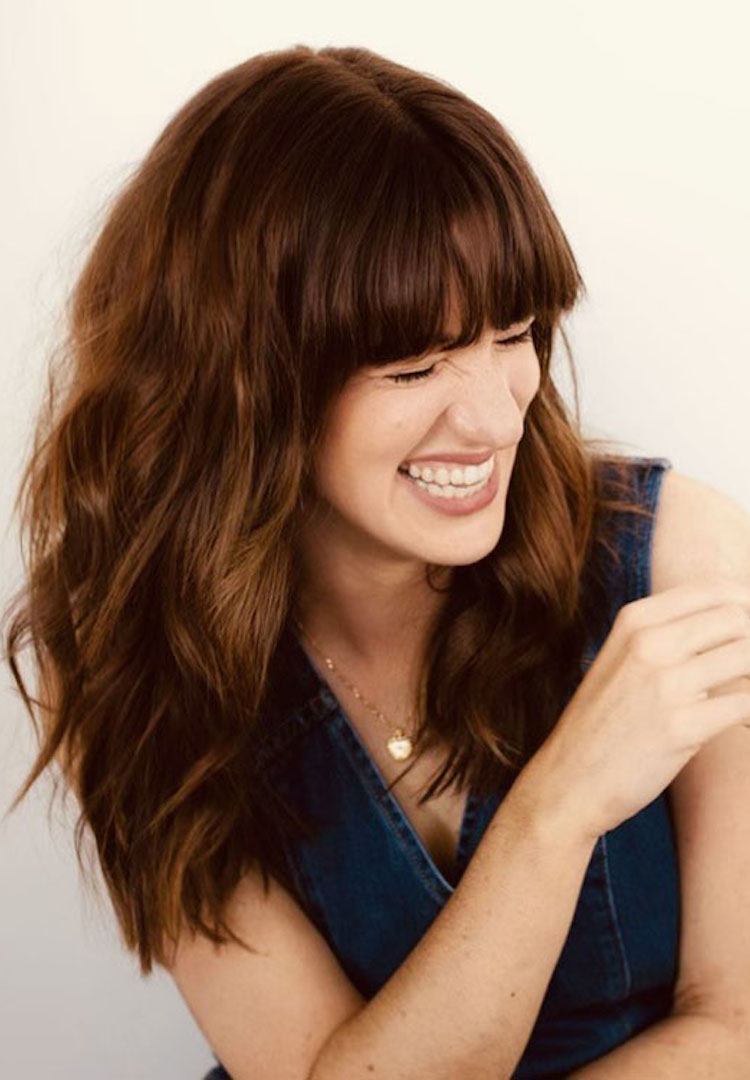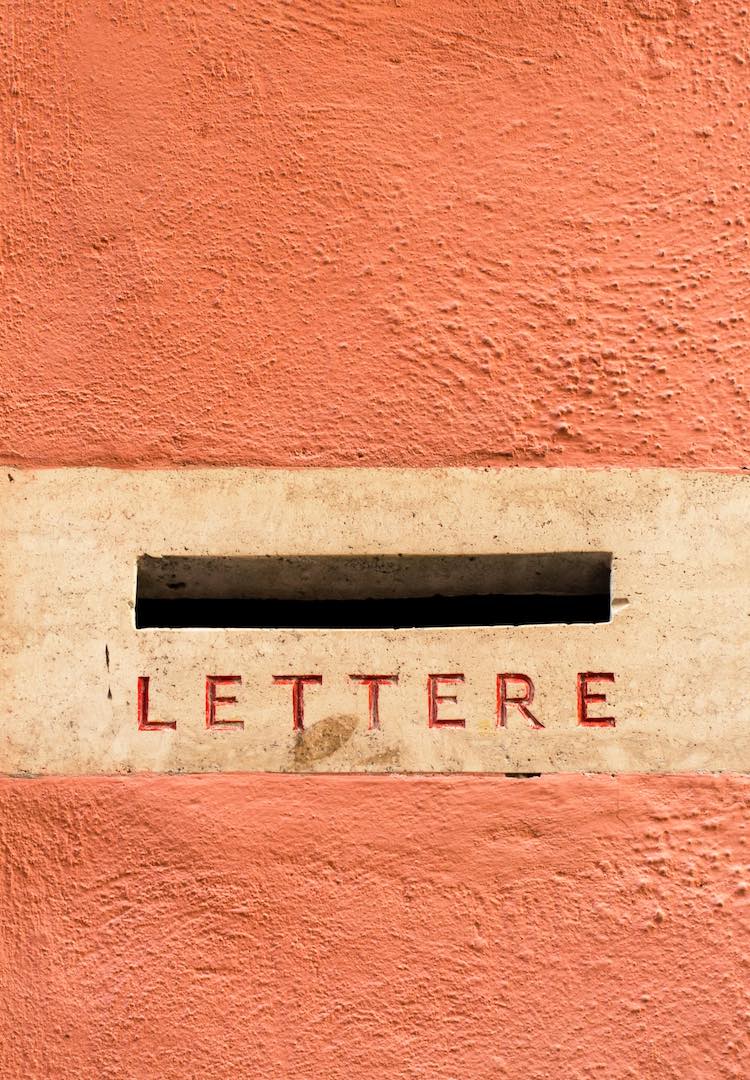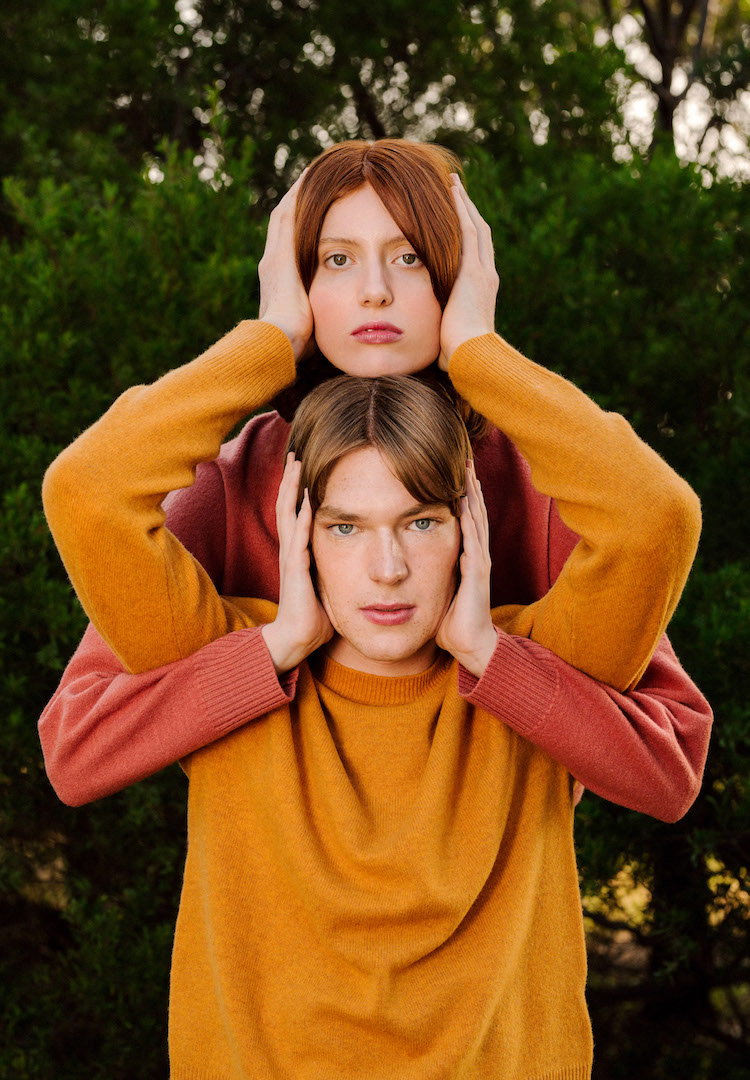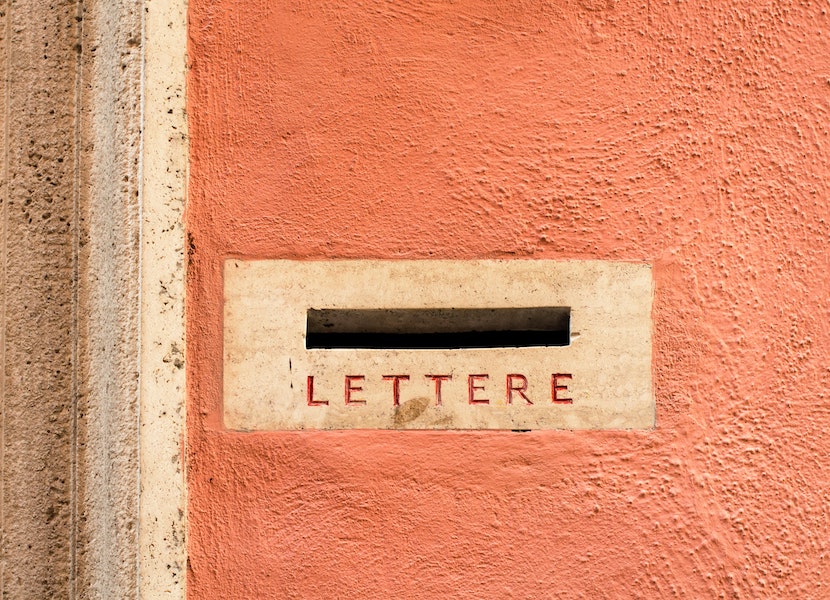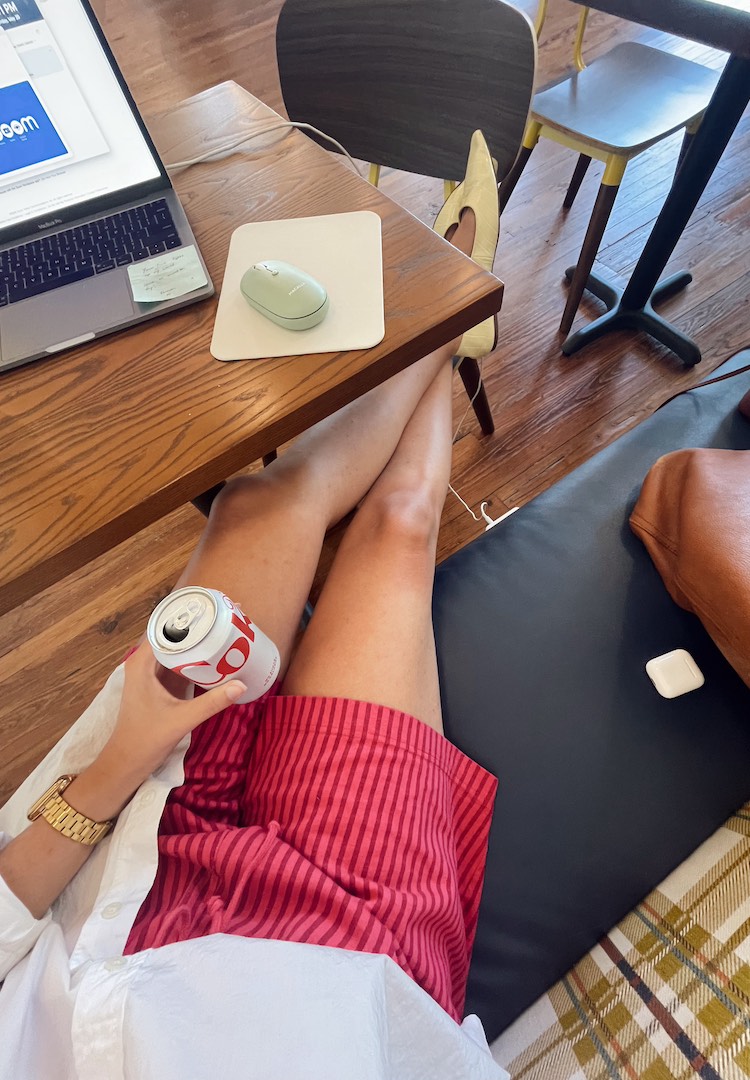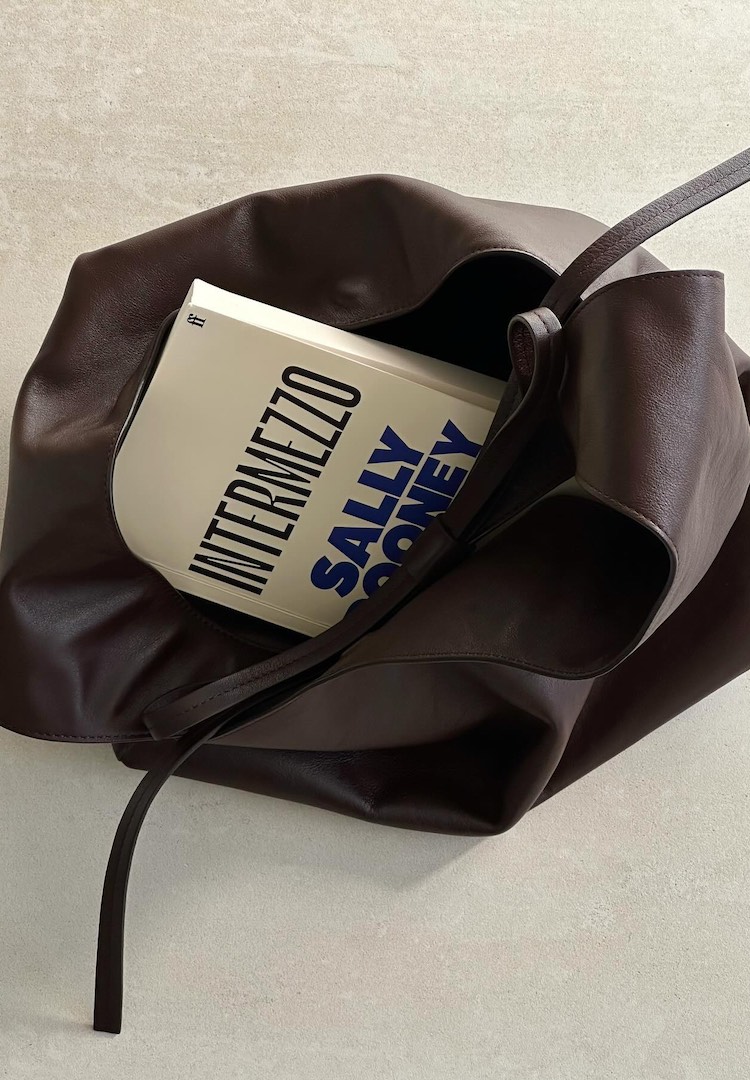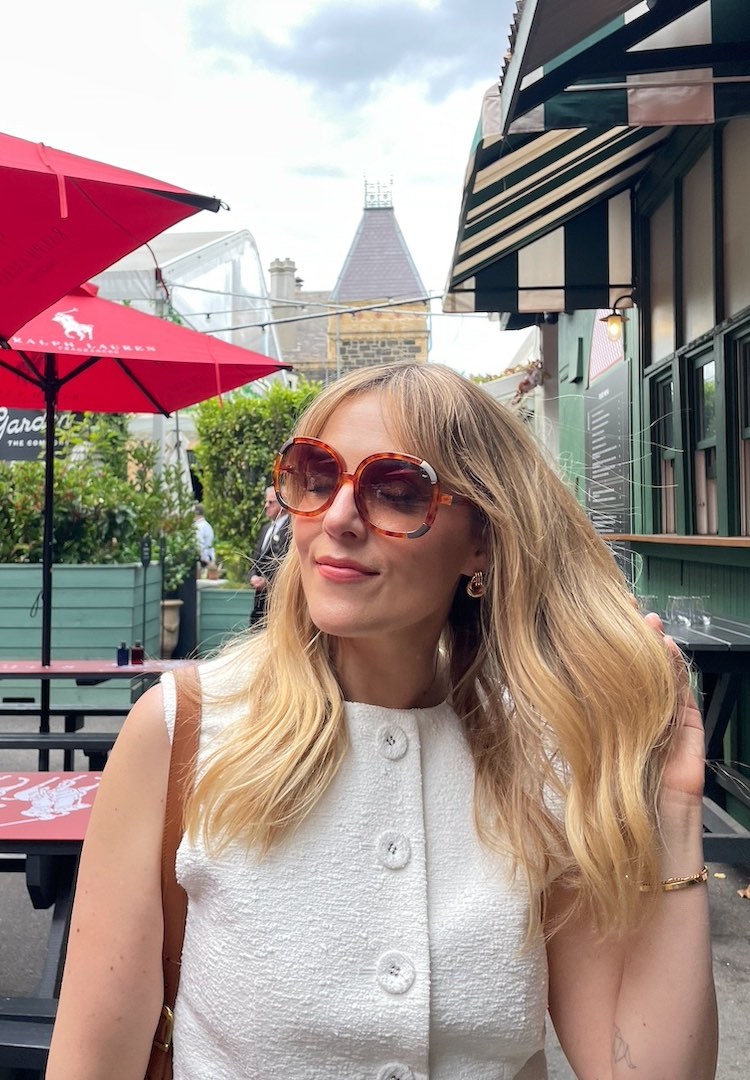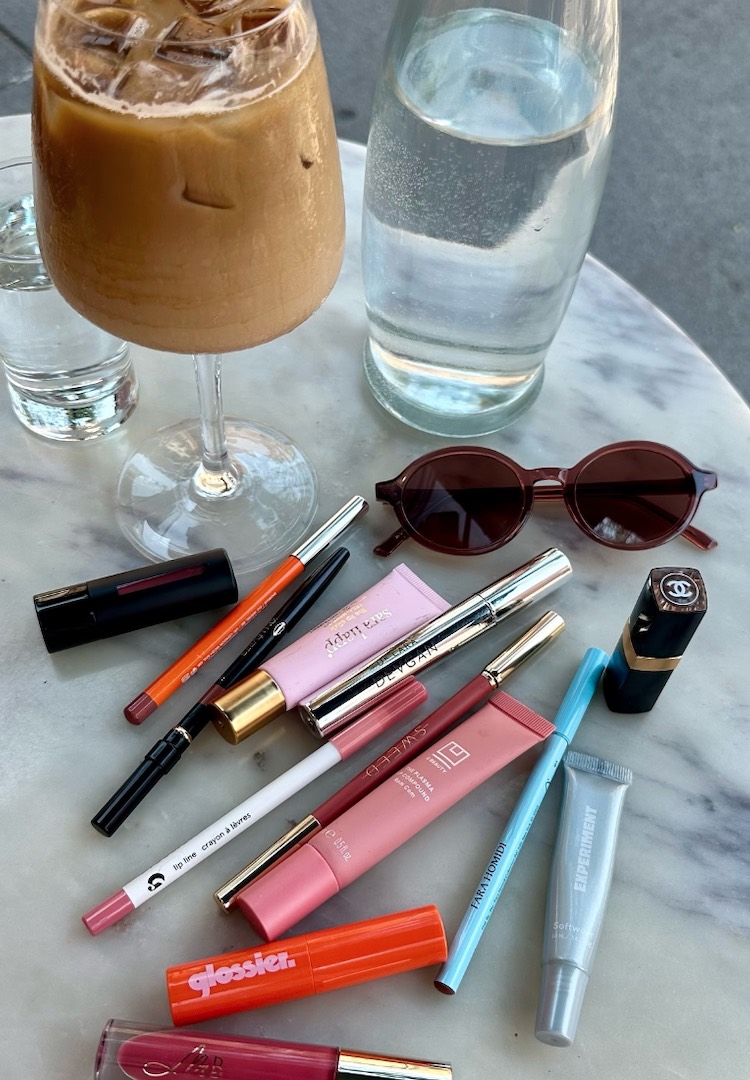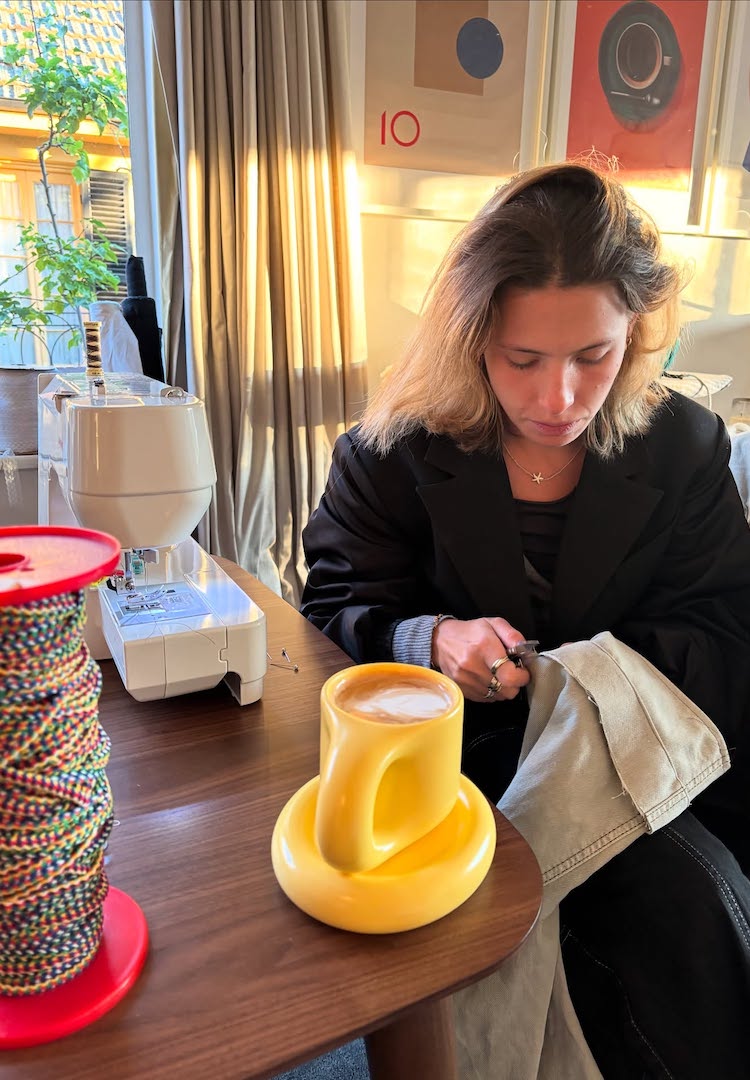What is Substack? A guide to the email platform that opens up your inbox to beautiful ideas
WORDS BY ANNA RICHARDS
Breathe new life into your inbox.
The subscribed-to emails that filled my inbox during the better half of 2020 are a fittingly bleak reflection of the times. There’s Find a Babysitter, a late-night request for extra income amidst an empty jobs market. Who Gives a Crap was the hastily purchased alternative to jostling other shoppers in-store for the last toilet roll.
- Substack is an email newsletter platform that allows users to charge a subscription fee
- It means writers can write whatever they like and it gives their audience a way to pay them directly
And after briefly considering signing up to Mubi, a streaming platform which shows independent and celebrated cinema, I instead handed over my email address to Nine Network so I could access every episode of the British version of Love Island. But if 2021 is about trying to rebuild with optimism, Substack, the email subscription service for newsletters, might be the appropriate refresher for our inboxes.
Looking for some similarly thought-provoking reads? Subscribe here and we’ll send them straight to your inbox.
On Substack readers sign up to receive newsletters from individual writers, for free or a fee. Thanks to the platform’s massive growth in the past year, there’s a newsletter on almost any topic. Some newsletters are guides on specific expertise, like Thai politics or computer science. Others are more like opinion pieces or journal entries; insights into the writer’s internal goings-on.
Receiving letters directly from writers feels both old world and new, like ordering UberEats from your favourite childhood restaurant. Take away the media platform and leave just the writer, and the weekly act of opening a message feels private and personal.
At the same time, Substack’s direct-to-consumer business model is being hailed as the modernised version of media. The platform’s method of connecting users straight to their favourite writers and topics feels effortlessly digital, compared to the immense struggle media companies face importing their product onto the web and still making money.
Chris Best, co-founder and CEO of Substack, says the platform is “a million media companies”. Each writer can choose to make their newsletter a paid subscription, which is where the platform’s serious potential comes in. Writers can create monthly or annual subscription fees starting from $5 per month. Substack takes 10 per cent of all paid subscriptions.
This is fairly revolutionary for writers who can now (with the right promotion) create their own income without sacrificing control over the content they make. As the platform states, “a few hundred paying subscribers can support a livelihood. A few thousand makes it lucrative”.
And for the reader, we now have access to creative expression without editorial obligation. My email inbox is an exciting phone app now that work is interspersed with pleasure. Amongst my LinkedIn job alerts and recurring toilet-paper order notifications are creative descriptions of style in New York during winter, recipes for meatballs and blog-posts on culture.
Below is a list of my favourite Substack newsletters; personal, interesting messages of love.
Food substacks
Ellie’s Notebook
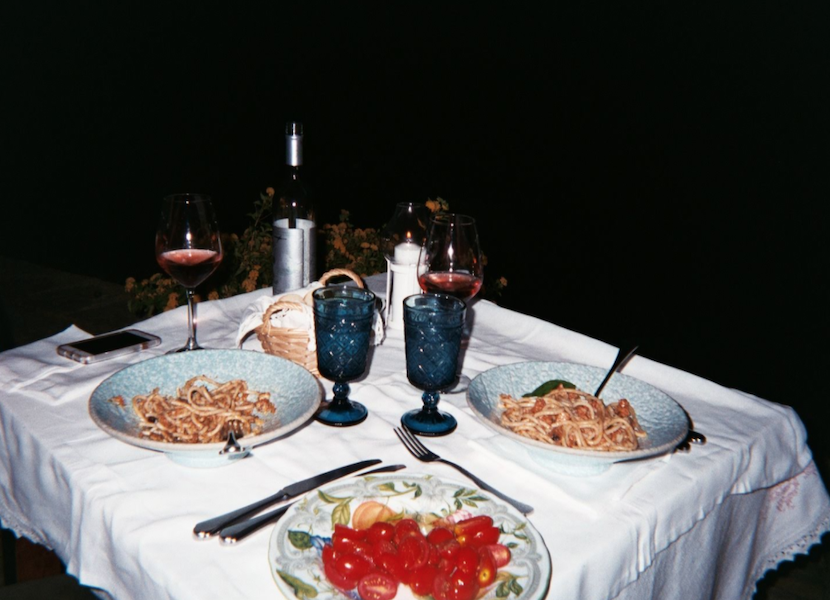
From Melbourne-based home cook Ellie Bouhadana, this newsletter is a self-described collection of “recipes I have scribbled down in my notes folder on a whim”, and “places I’m enjoying to eat/drink/sit at”. Ellie’s Notebook is a free subscription.
A Newsletter
Alison Roman is the author of best-selling cookbooks Nothing Fancy and Dining In, a NY Times column, and this substack. A favourite recipe interspersed between her dry wit is the ‘Goodbye Meatballs’. Serve to friends and then eat sandwiched between bread for the rest of the week. A Newsletter is a free subscription with a paid option for further content.
Creative substacks
Maybe Baby

This one’s a kind of journal entry slash opinion piece on processing hard-to-describe feelings. From Haley Nahman, former features director at Man Repeller, each newsletter is an easy, creative musing, great for Sunday reading. Maybe Baby is a free subscription with a paid option for further content.
The Soft Touch is the World
So, this one’s mine. A love story in parts, each newsletter describes a chapter of a relationship. I hope you’ll find comfort or solace in it, and maybe relate to it. Think of it like a message updating you on the movements of a girl’s heart. Sort of like a secret and kind of like stages of a novel, it tells of how tiny you can feel when you’re in love. The Soft Touch is the World is a free subscription.
Fashion substacks
Slow Fashion Weekly
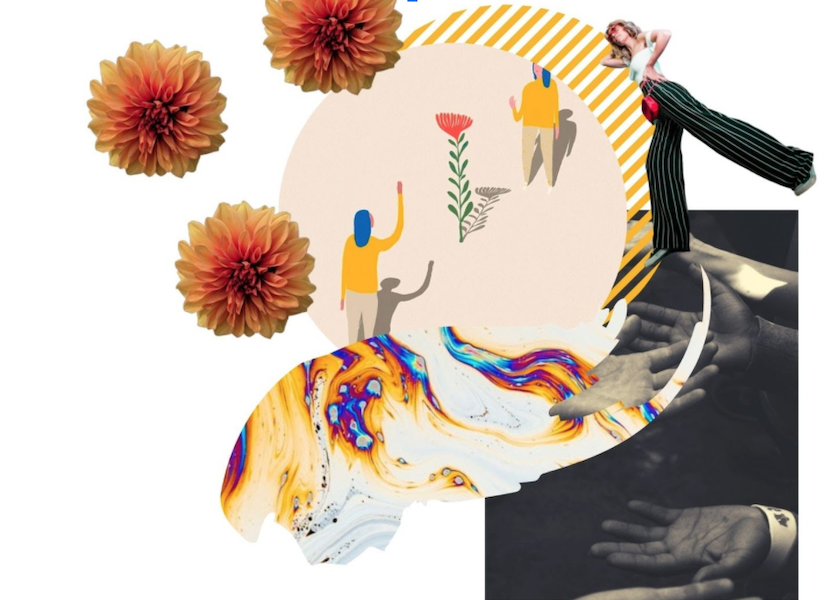
Each week, a different analysis of consumerism in fashion is offered up by Inês Fressynet, a London-based writer. Her newsletters are clear, readable breakdowns of topics like greenwashing, fast fashion and sustainable shopping ideas. Slow Fashion Weekly is a free subscription.
The Fashion and Race Database
An in-depth and important look through the history of misrepresentation within the fashion industry. Each newsletter catalogues resources and information on ‘the intersection of fashion, appearance and race’. The Fashion and Race Database is a free subscription.
To find out more about Substack, head here.

